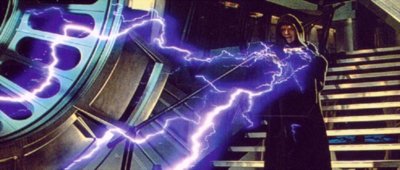steve from staten island
Well-Known Member
- Local time
- 4:49 PM
- Joined
- Sep 24, 2012
- Messages
- 6,747
- Reaction score
- 8,322
- Location
- staten island,ny
Yes. You touch the tungsten to the work ever so slightly to start the arc.“Scratch” starting Steve?
Yes. You touch the tungsten to the work ever so slightly to start the arc.“Scratch” starting Steve?

I bought 20 tungstens and sharpened them all.
As soon as you stick the tungsten, you’re done. Gotta change it out, or you’re just pissing in the wind.
Yes, if you stick the tungsten into the puddle a piece can break off/melt or contaminate and be in weld. It will show up in a x-ray if you dont see it and grind it outtungsten inclusion?? Meaning contamination of weld by tungsten??
Genius!Nice, this is my "rotary table". My Mother's old pancake griddle attached to an old stool frame.
View attachment 862458 View attachment 862459 View attachment 862460
